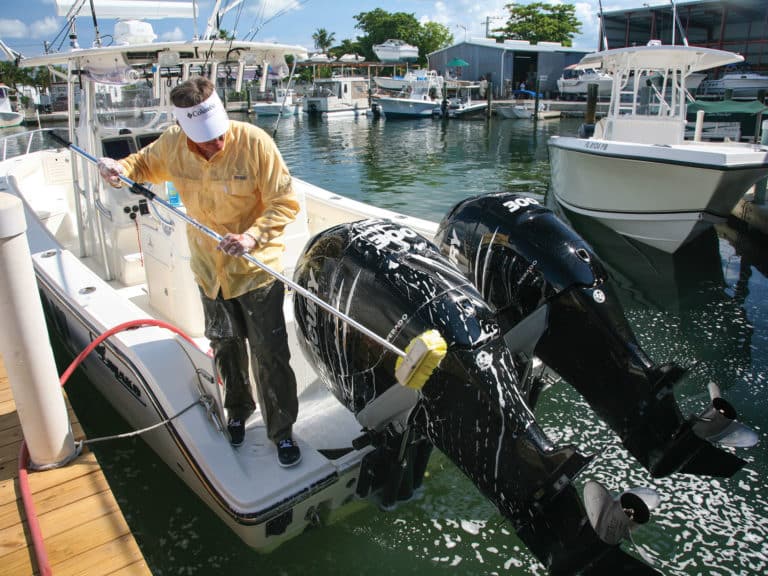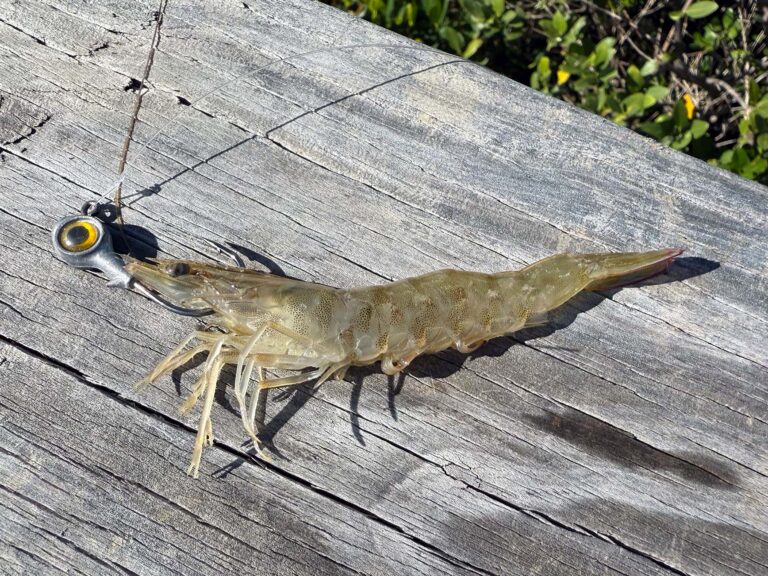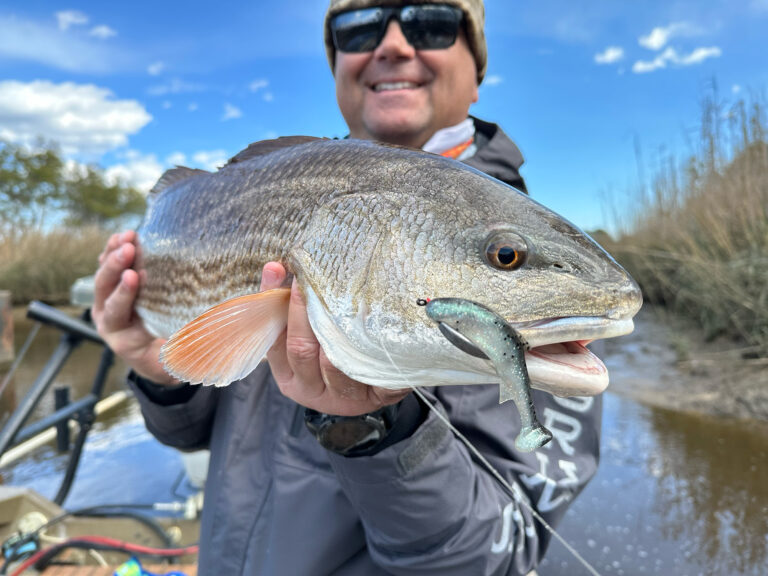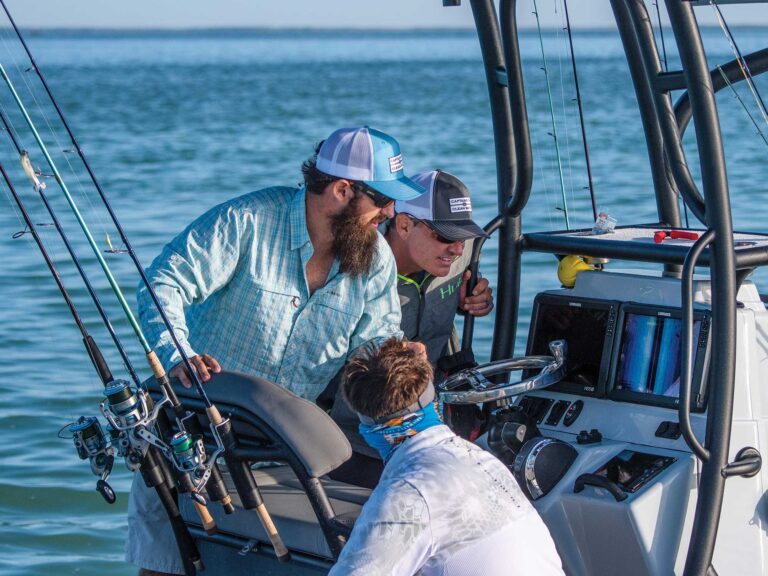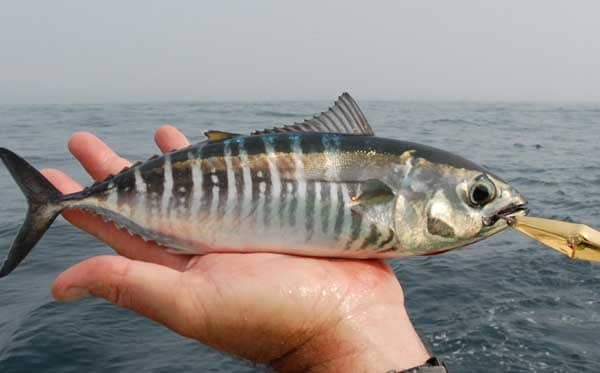
When most fishermen go fishing they hope to catch a big fish. The day after tropical storm Hanna blew through Virginia Beach, I joined Dr. John Graves of the Virginia Institute of Marine Science for a trip offshore in hopes of catching some very little fish.
Dr. Graves was hoping to catch young-of-the-year bluefin tuna in order to analyze the fish’s DNA. Graves, and other scientists around the world, are trying to determine genetic markers that indicate whether a bluefin tuna was born in the Mediterranean Sea or the Gulf of Mexico – the two known spawning grounds for all Atlantic bluefin. Since these fish can swim across the ocean when they are only a year old, if researchers want samples of DNA from each stock they must catch the tuna a few months after the fish are born.
In order to intercept this year’s bluefin class, we headed to the Cigar seamount 50 miles off of Virginia Beach. By trolling No. 1 Clark spoons behind No. 1 planers or 5-ounce inline sinkers, we were able to provide Dr. Graves with 17 baby bluefin for his research. We also caught dozens of baby blackfin, skipjack, and albacore – most measuring between 10 and 14 inches long.
Not only will the scientist at VIMS analyze the DNA of these small bluefin, but other researchers will look at isotopes in the fish’s ear-bone and contaminants in the tuna’s tissue to further nail-down the natal origin of the fish. Once signatures that identify the birth place of these fish are identified, scientists can look for the same markers in larger tuna to determine the number of Western Atlantic bluefin that are caught in the Eastern Atlantic and vice versa.
This information will be used to help fisheries managers understand how these fish travel and set regulations that will protect their highly threatened populations.
“There is unbelievable amount of overfishing occurring in the Mediterranean Sea and eastern Atlantic,” Grave says, “These data allow ICCAT (International Commission for the Conservation of Atlantic Tunas) to hammer on the East to put realistic limits on their catches.”
This small bluefin tuna was born in the Gulf of Mexico in May or June and caught off Virginia Beach in early September. By identifying genetic and other markers in these baby fish, scientist will be able to identify the natal origin of larger bluefin tuna. This information will be used to help fisheries managers understand the behavior and population structure of Atlantic bluefin tuna.





